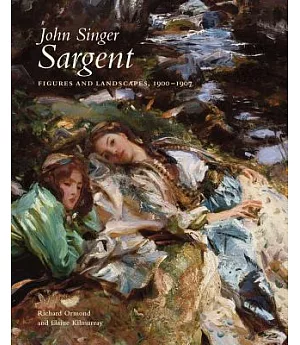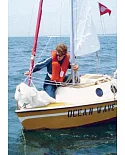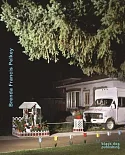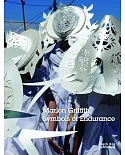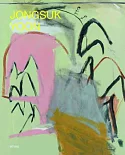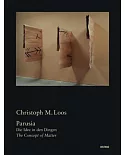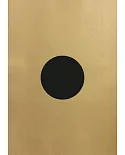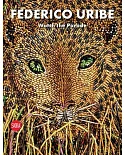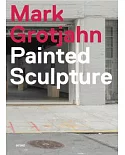From 1900 to 1907, John Singer Sargent (1856-1925) traveled considerably, visiting the Alps, Italy, Spain, Norway, and Palestine. In Palestine in 1905, he painted a significant group of oils
and watercolors as well as a group of studies of the Bedouin. It was during this burst of artistic production that he painted The Mountains of Moab (Tate Gallery, London), which was
the first pure landscape he ever exhibited (Royal Academy, 1906). In Italy and Spain, Sargent painted parks, gardens, fountains, and statues, subjects that reveal his taste for the high style
of Renaissance and Mannerist art and for the romantic grandeur of deserted spaces.
As evidenced by the works in this new volume, Sargent reinvented himself as a landscape painter during his travels. Expressing a finely developed sense of modernity, he selected quirky angles
of vision and used a range of compositional strategies��ompression, foreshortening, abrupt croppings, and receding perspectives��n a manner that is quasi-photographic. He exploited the
material qualities of pigment, and the impasto is often so thickly applied that figure and landscape seem to dissolve together creating rich, near abstract surface patterns. The restless
handling and dynamic compositional rhythms act in creative tension with the artist's more traditional subject matter, generating notions of instability and ambiguity that are distinctly
modern in character.

